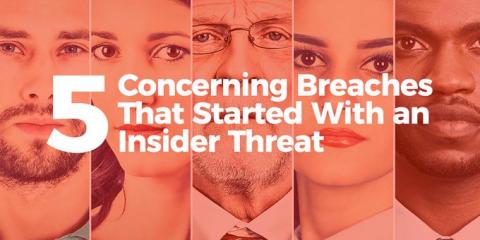A Quick Guide to Preventing, Detecting & Responding to Insider Threats
One day, a contractor working for an internet service provider decided to sabotage the company by disabling internet connectivity for all customers. Unfortunately, the employee's attack was successful, and the disruption lasted three weeks. This attack cost the company tens of thousands in remediation costs and left many customers struggling to navigate a world without the internet.








